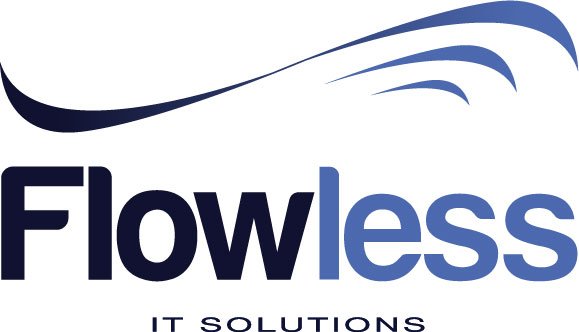Kamishibai Board
Kamishibai is a type of storytelling utilizing visual cards or boards. This come from Japanese Buddhist temples in the twelfth century wherein monks utilized picture scrolls to convey stories with moral lesson to a largely illiterate audience.
At this point in time, it is being utilized as a management technique for doing audits in a manufacturing process. As part of the TPS or Toyota Production System, Kamishibai boards are utilized as visual control for doing audient in a manufacturing process. A sequence of cards are put on a board and chosen at random or in accordance to schedule by managers and supervisors of the area. This make sure cleanliness and safety of the workstation is maintained and which quality checks are being done.
Why Use Kamishibai Board?
Some important reasons to use these cards are to start standardize work, to put in accountability into the system as well as to establish needed positive discussion between members of the management as well as the operators that really do the job. All this largely aids to keep lean application.
Self-discipline by the organization to utilize it accordingly could make it happen. Part of the routine of the organization in a lean management is to audit current standards in order that any deviation could be solved and lean action is taken. Kamishibai is an approach to make devotion to this procedure visual on the Gemba.
Benefits of Kamishibai Board
• Kamishibai could facilitate Gemba walks. Rather than needing general small discussion between a supervisor and a worker, the card could facilitate a particular procedures oriented discussion regarding improvement.
• This can aid keeping a clean, well-organized as well as safe workplace. Through asking queries such as do all things have an ordinary place on this office and is the office cleaned conformed average. This turns out to be not only a one-time cleaning meeting, but a constant process.
• This system could also check the performance of the behavior, whether or not workers work according to the clear Average Work in the manner that it shows how to do a specific task. If an individual doesn’t work according to the standard work there are 2 chances either isn’t informed regarding the manner of working and so requires training , or the standard defines is not clear or wrong and requires modification.
• Last but not the least, this system can check the side of the average or standard work. Even if a development is recognized into average work, it’s not uncommon for workers to slip ban unconsciously into their old method of working. Therefore, Kamishibai board not just aids keeping 6S, on the other hand it also aids in keeping improvements.
Kamishibai board is easy to use. Aside from that, it also delivers lots of remarkable and amazing results. It could be utilized to great effect in order to make create habit as well as drive behavior. What makes this technique apart from the rest is the fact that it is low cost and so fast to apply and implement.
— Slimane Zouggari
